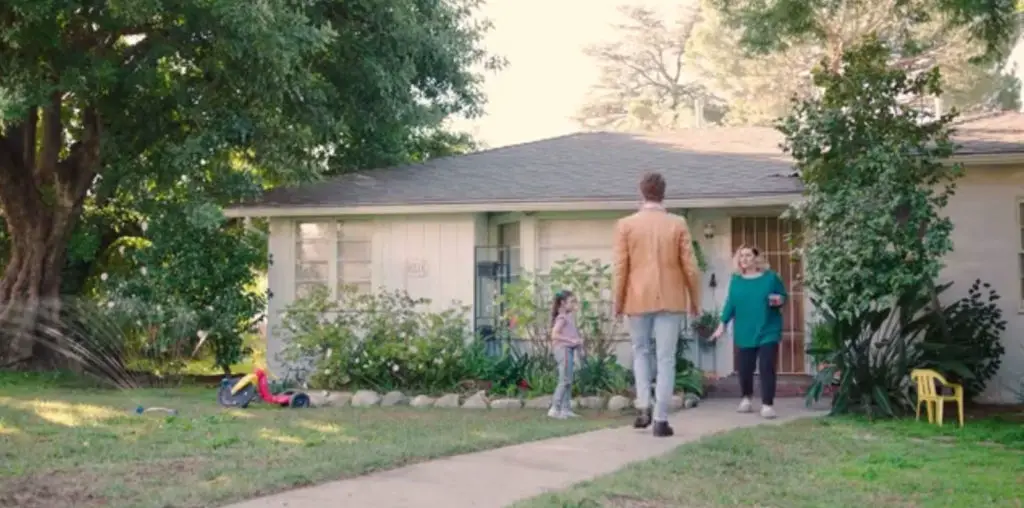
The funniest Biblical film of all time is not “Monty Python’s Life of Brian,” but George Stevens’ 1965 epic “The Greatest Story Every Told.” However, Stevens was not planning to make a comedy – it just happened that way.
“The Greatest Story Ever Told” is something of an ecumenical version of “It’s a Mad, Mad, Mad, Mad World” – an overlong, overstuffed, all-star extravaganza. Except in the Stevens film, the subject is not a slapstick treasure hunt but the story of Jesus Christ. Needless to say, the sincerity and purpose behind the story gets diluted when the audience is constantly distracted when famous faces turn up in the least likely moments.
Christ’s ability to heal the sick allows for the likes of Shelley Winters, Ed Wynn and Sal Mineo to pop up and lay their hands on the Man from Galilee, uttering words of amazement at the miracle cures they received. Of course, Winters and Mineo never bother to erase their considerable Noo Yawk accents while Wynn still seems to be on the laughing kick he enjoyed with his ceiling tea party from “Mary Poppins.”
The bad guys in the story get to chew their way through the ancient Judean sets: Jose Ferrer’s Herod, Martin Landau’s Caiaphas, David McCallum’s Judas, Victor Buono’s Sorak and Telly Savalas’ Pontius Pilate give their roles the old vinegar-puss treatment with uncommon gusto. But ultimately, they are overshadowed by the 30-second cameo of John Wayne as the centurion supervising the Crucifixion. Gazing with a stony stoicism while looking quite butch in his Roman military get-up, the Duke observes what has transpires and proclaims in his distinct drawl: “Truly this man wuz the son of Gawd!”
As for the good guys in the story: Dorothy McGuire’s Virgin Mary is way too old and elegant to be the innocent peasant girl who received the Immaculate Conception. Sidney Poitier has a non-speaking turn as Simon the Cyrene while Charlton Heston never stops yelling as John the Baptist. The disciples include Roddy McDowall, Robert Blake and Jamie Farr (yes, Corporal Klinger is here too – and look closely and you can see Russell Johnson, the professor from “Gilligan’s Island,” as a scribe).
Max Von Sydow’s Jesus has the gaunt, haunted expression of an El Greco religious painting, but his heavily accented English suggests the Swedish chef from “The Muppet Show.” But with the mad mix of British and American accents, the film often seems more like the story of Babel.
George Stevens was criticized (rightly so) for shooting his film in the American Southwest (it looks nothing like the Holy Land and several locations are easily identifiable to anyone familiar with that region). Stevens also misappropriated Handel’s “Hallelujah” oratorio from “The Messiah” twice during the film, including when the news of the Resurrection is announced (by Pat Boone – yes, he is in here too). David Lean and Jean Negulesco reportedly directed several sequences without credit and Carl Sandburg was also an uncredited contributor to the screenplay. Those guys were lucky not to have their names on the finished film.
As a work of cinematic religiosity, this film fails totally. As an unintentional comedy, it is quite a lot of fun. Stevens actually began his career directing Laurel and Hardy comedies. Too bad Stan and Ollie had passed away by the time he made “The Greatest Story Ever Told” – one can imagine them on the crosses as Golgotha, with a crucified Ollie scolding a crucified Stan with “Well, here’s another fine mess you’ve gotten me into!”
